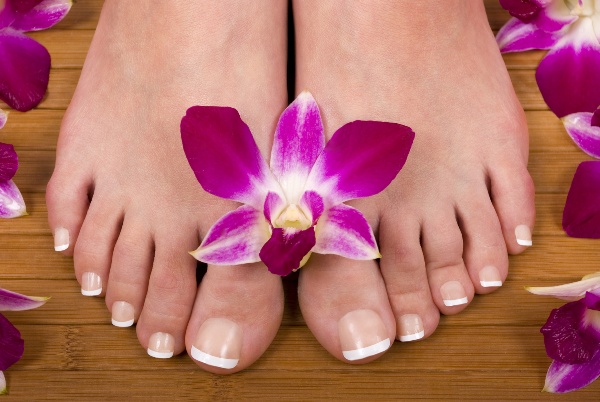
We spend a lot of time everyday making our hair and face look perfect. But, did you ever realize that your feet also need your attention and care? A foot care regimen should include regular clean up and moisturizing. This is very essential because walking, and the consequent friction against footwear, leads to an accumulation of dry and hard skin. This is most common on the heel and the main joint of the big toe. If this hard skin is not exfoliated on time, it may lead to cracking or bleeding. There are various kinds of foot problems that can affect your feet if proper care is not lavished on them. The most common among them are stated below:
1. Foot pain
Most women love to wear high heels, but what they don’t realize is that sky high heels are hazardous for their feet. It could lead to foot pain, especially when the heels are higher than two inches. Wearing high heeled shoes for long stretches puts seven times more pressure on the ball of your foot, resulting in foot pain.
2. Bunions
In this deformity, the big toe starts slanting towards the other toes which can cause joint swelling and pain. This malady is more common amongst those who wear narrow and high heeled shoes. The solution is to always wear sensible and wide toed shoes. If a bunion gets worse, you may have to undergo surgery to remove the boney bump.
3. Foot fungus
This kind of infection is commonly known as athlete’s foot and is caused by a fungal infection which grows as an itchy patch on the skin of your feet. It is typically caught from walking barefoot in moist and humid spaces, like a locker room. This can be easily prevented by washing your feet daily, drying them properly, maintaining good foot hygiene, and frequently changing shoes and socks.
4. Hammertoes
As the name signifies, hammertoes results from wearing excessively narrow shoes that force the toes to bend. If your toes are put under this persistent pressure, the muscles in your feet might begin to shorten. In order to cure this, avoid narrow shoes and perform regular foot exercises under your physician’s supervision.
5. Corns
This kind of disorder is caused due to friction caused between the skin and a poorly fitted shoe. Corns are very uncomfortable, but can be treated if protected by a special padding to give them space to heal.
6. Spurs
These include growth of an abnormal bone under your heel bone which can cause swelling and irritation of tissues in the sole of your feet. The treatment of this problem includes giving adequate rest, application of ice packs, exercising, and a regimen of anti inflammatory medications on your doctor’s prescription.
7. Warts
Warts are caused by a virus called human papillomavirus. It is not really harmful and can be conveniently cured by a podiatrist. For an early cure, it is recommended to avoid walking barefoot.
8. Ingrown toenails
Ingrown toe nails might result from many causes – improper nail cutting, wearing tight shoes, fungal infection, tight socks that apply pressure on the top or side of the foot. This can be cured by a surgery or by the ‘band aid method’ which is a non invasive treatment.
9. Diabetic foot sores
It is common for diabetic people to become prone to foot problems. A foot sore is a really serious wound which requires immediate care and attention. The main cause behind a diabetic foot sore is poor blood circulation in legs. A persistent lack of healthy blood flow leads to poor skin repair. The standard treatment for this infection is the cleansing and removing of dead tissue from the wound, applying moist dressings, and resting the feet.
Foot care is not a onetime activity. You really need regular care for happy and healthy feet. Follow these simple steps to prevent foot problems:
1. Never ignore a foot pain. Consult a podiatrist before it becomes too late to cure.
2. Regular washing and drying of your feet is essential. Take particular care to clean between your toes as they are more prone to infection.
3. Always buy shoes that fit you right and feel comfortable. Avoid heels higher than two inches whenever possible, and replace your heeled footwear with their more comfortable and flat counterparts.


